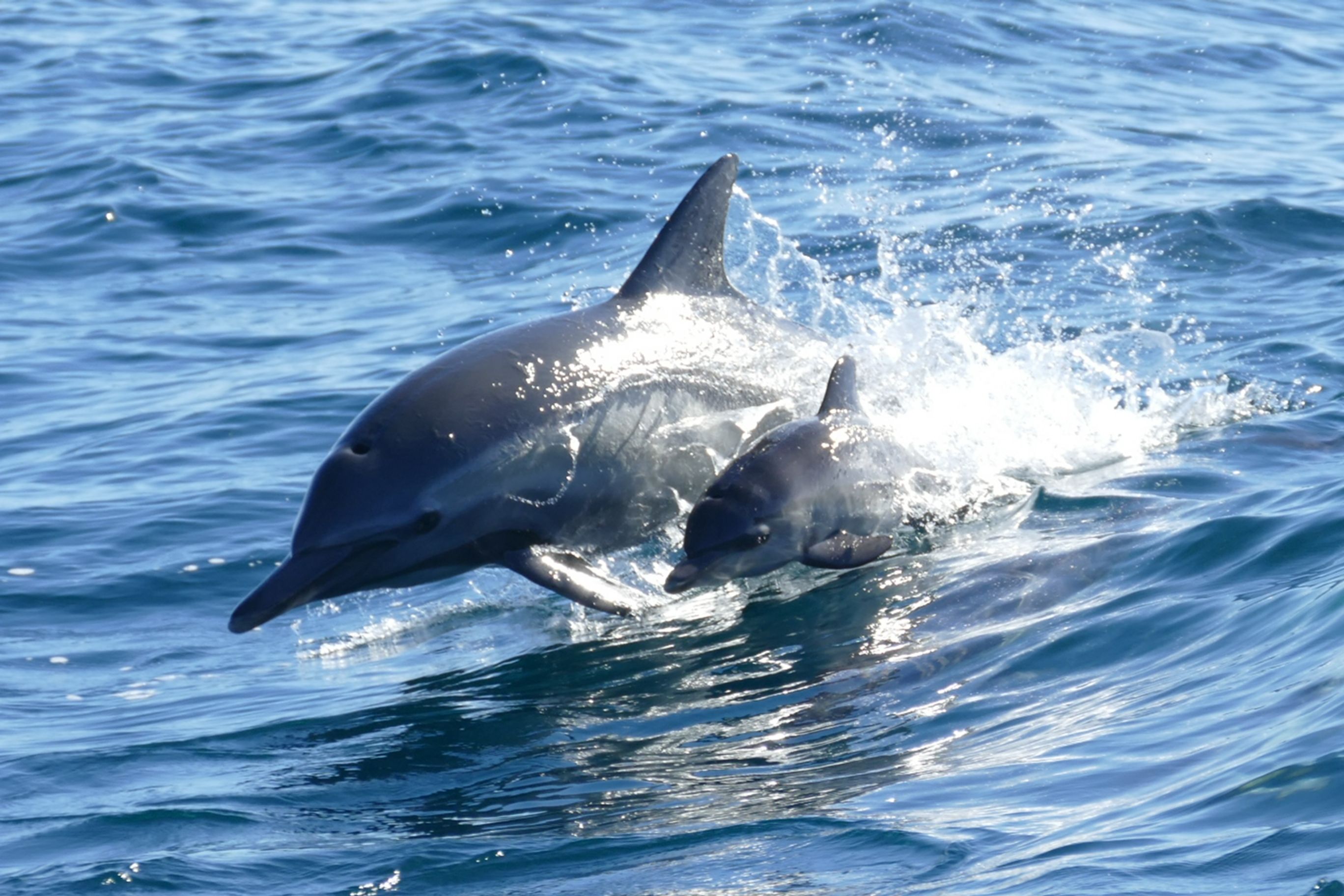
They say if you are going to go and watch whales only one time in your life then this is the trip to make. So it proved, but allow me to explain why.

They say if you are going to go and watch whales only one time in your life then this is the trip to make. So it proved, but allow me to explain why.
The trip started at London Heathrow and flew out to San Diego (S D ) already dreading the thought of USA homeland security and revised plans after Mr Trumps election it proved to be unfounded .Spending some time in S D at either end of the trip proved to be the right decision with its wonderful climate , good transport and a host of things to see . With half of the USA pacific fleet based here and other auxillary attachments there is a strong military presence all around but there is some great birdwatching right on your doorstep , well the harbour to be precise.Surf Scoter , Western Grebe , Bufflehead, Double Crested Cormorant and Great Blue Heron with the omnipresent Ospreys nesting on a pole in central reservation on Shelter Island Drive . Throw in a few California and Ring Billed Gulls alongside the comical Brown Pelican and its bit of a mix.Another local site was mentioned so an exploratory trip to Famosa Slough was made wow ! what a place right in the middle of uptown SD but close enough to the coast to pull in some birds and Birders as there was a birders festival on for a few days . Waders in the form of Willet , Lesser Yellowlegs ,Whimbrel , American Avocet ,Black Necked Stilt ,Killdeer , Great and Snowy Egret , Belted Kingfisher , Little Blue Heron , American Wigeon , Cinnamon and Blue Winged Teal, Ruddy Duck plus a plethora of Passerines including Yellow Warbler , Lesser Goldfinch , Black Phoebe and Purple Finch .
So onto the Whale Watching if you are booked onto a trip with Mark Carwardine you know you are in the company of a renowned naturalist who has studied cetaceans all around the world . He describes himself as a frustrated conservationist due to the lack of respect governments and people give to the Natural World .Setting sail on the Spirit of Adventure from SD on the Friday evening we first cruised by the bait pens where local fishermen buy their fresh live bait from for their Big Game Charter Fishing Trips .
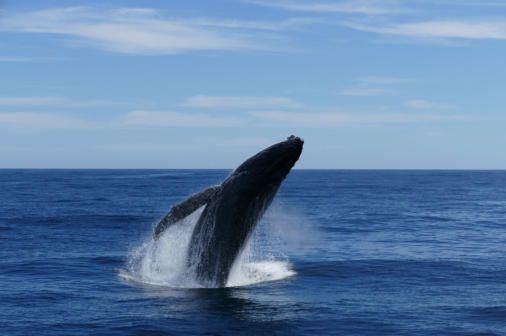
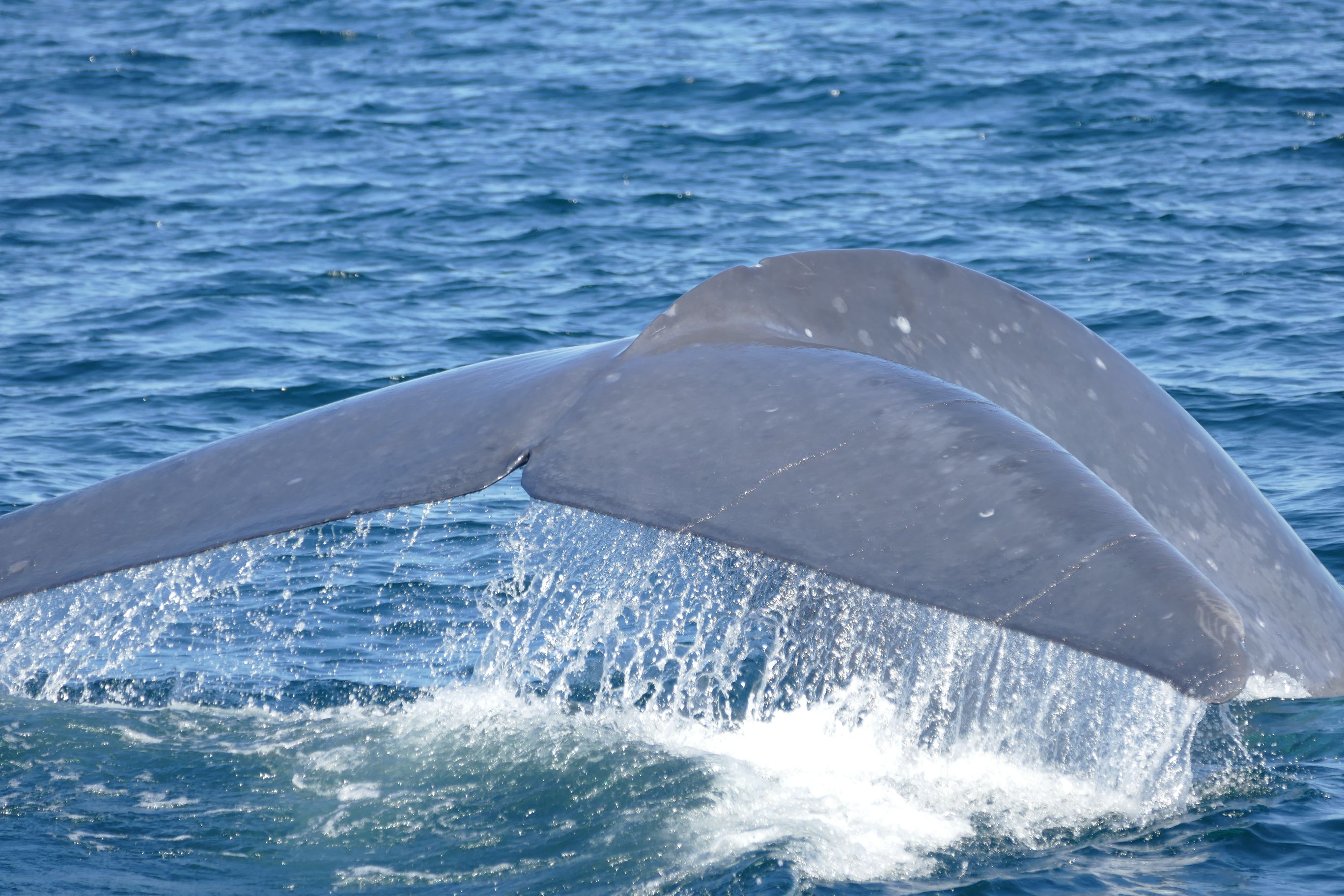
Anchoring up overnight an early start saw us all transferred to San Benitos Island to observe some rather unique creatures . Northern Elephant Seals to be precise . Here many of the males had returned to sea but leaving large rookeries of juveniles which really just made you want to photograph them over and over again .
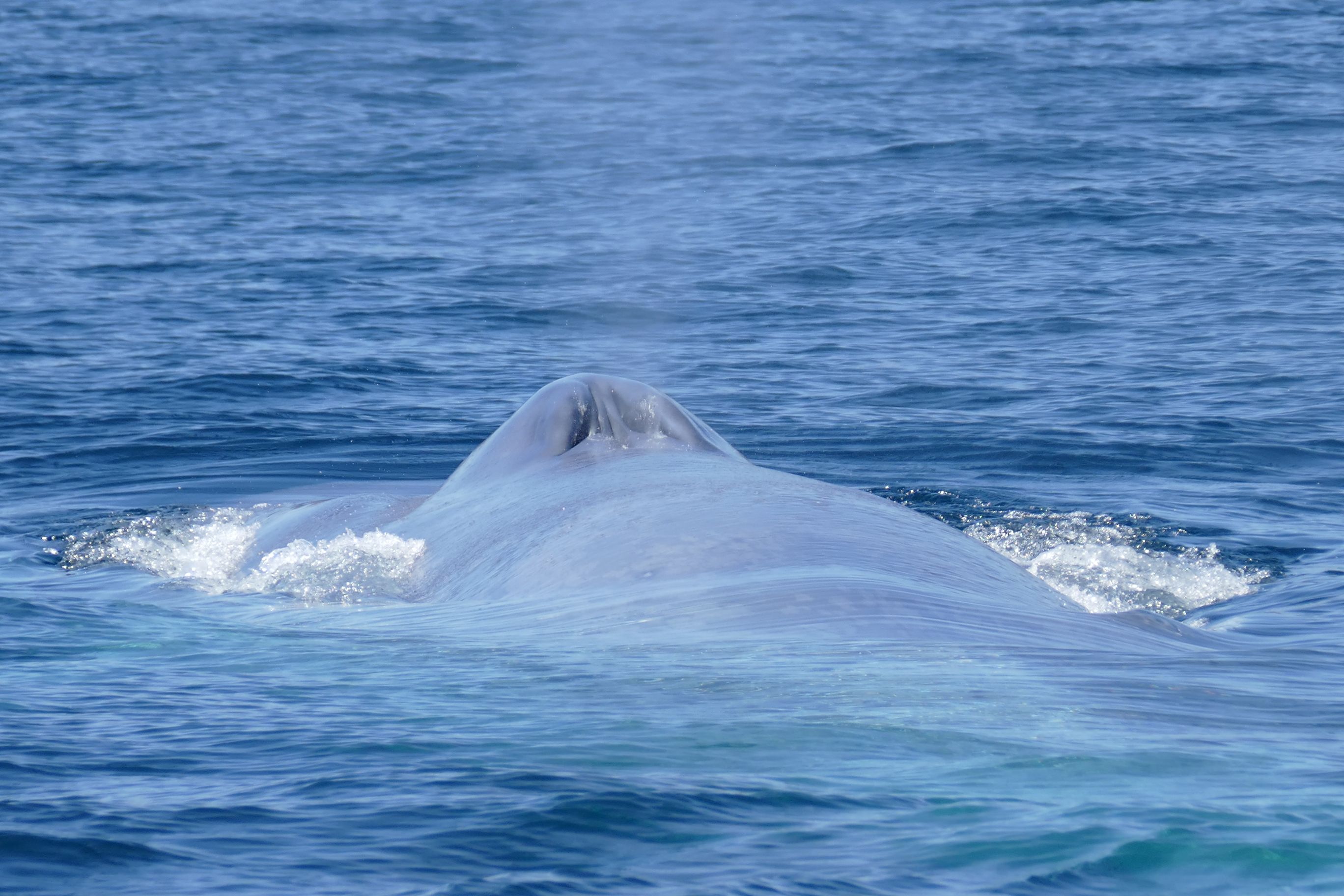
SAN IGNACIO LAGOON
Just an incredible place , the entry for whales and boats is very precarious with a sand bar constantly whipped up by the winds this does however prevent Orcas from entering . So this is both a mating and calving area for Pacific Gray Whales.
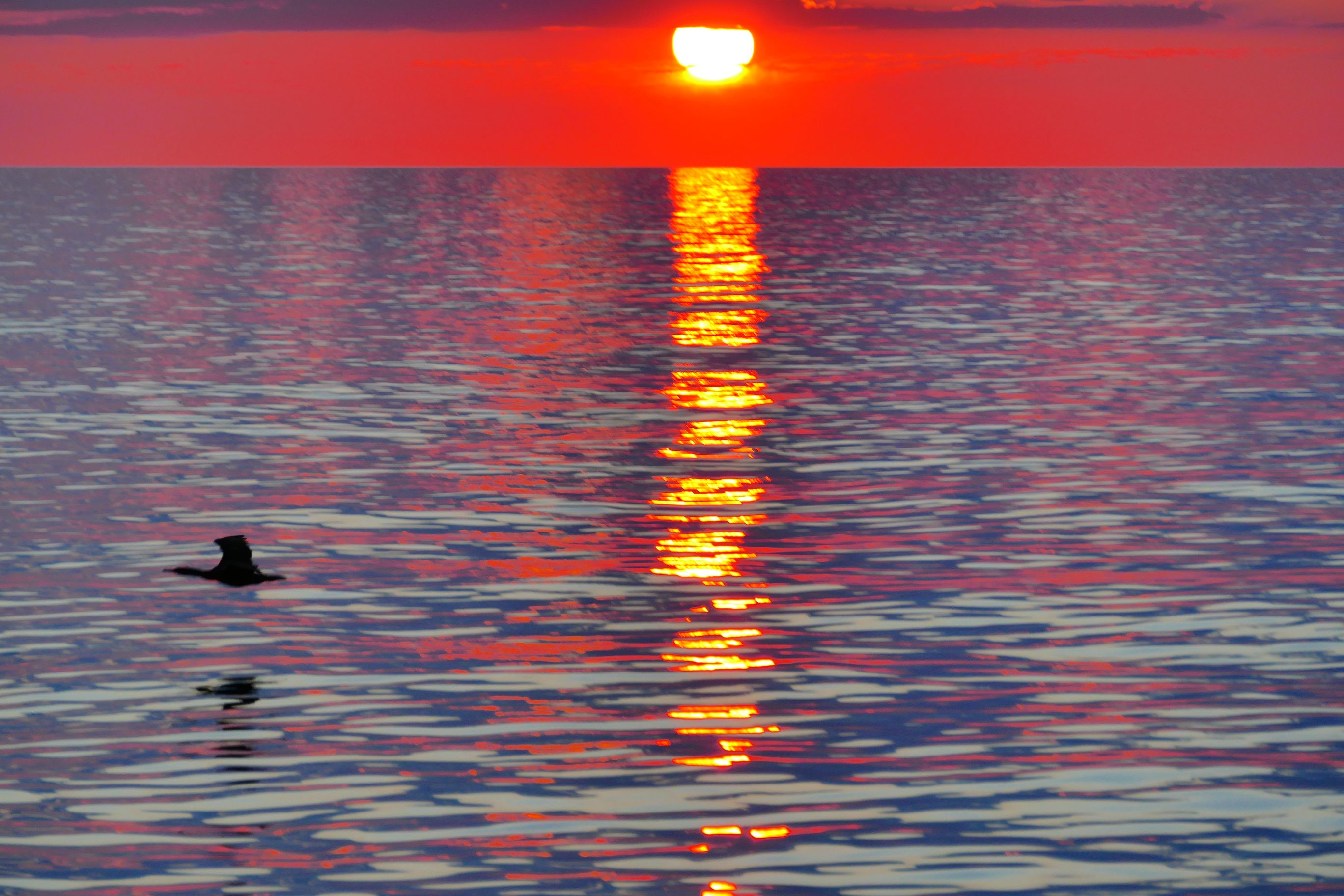
CABO SAN LUCAS / GORDA BANK
couple of days spent watching and listening to Humpbacks at this location gave you a greater insight into their unique world. We had courtship, mating , songs and high speed sea pursuits . After a couple of days we came to rest at Bahia Los Frailes which is a great spot for snorkelling although a close up view of a scorpion stone fish ( extremely poisonous ) soon changed my point of view .
AI Website Generator